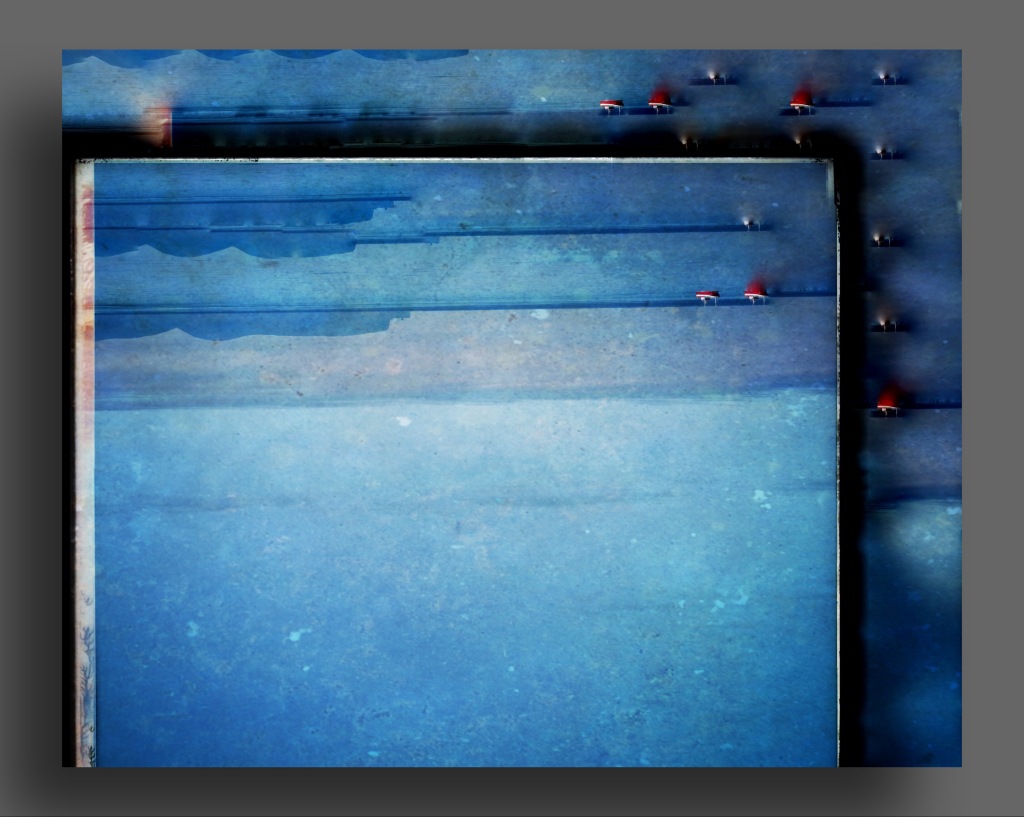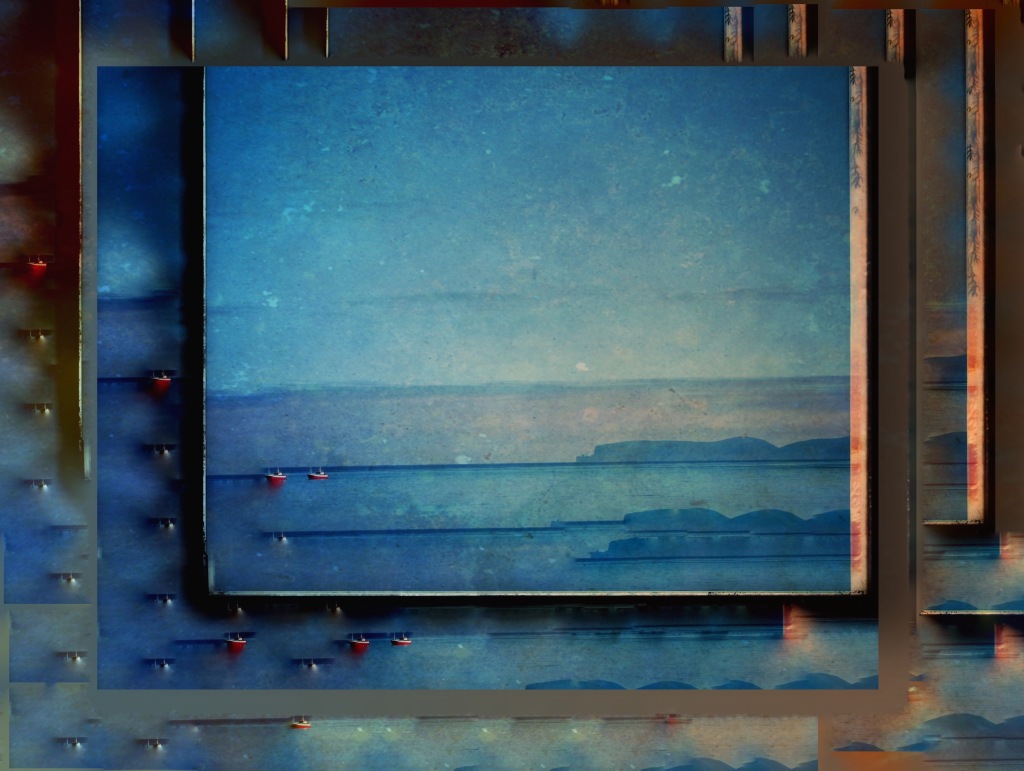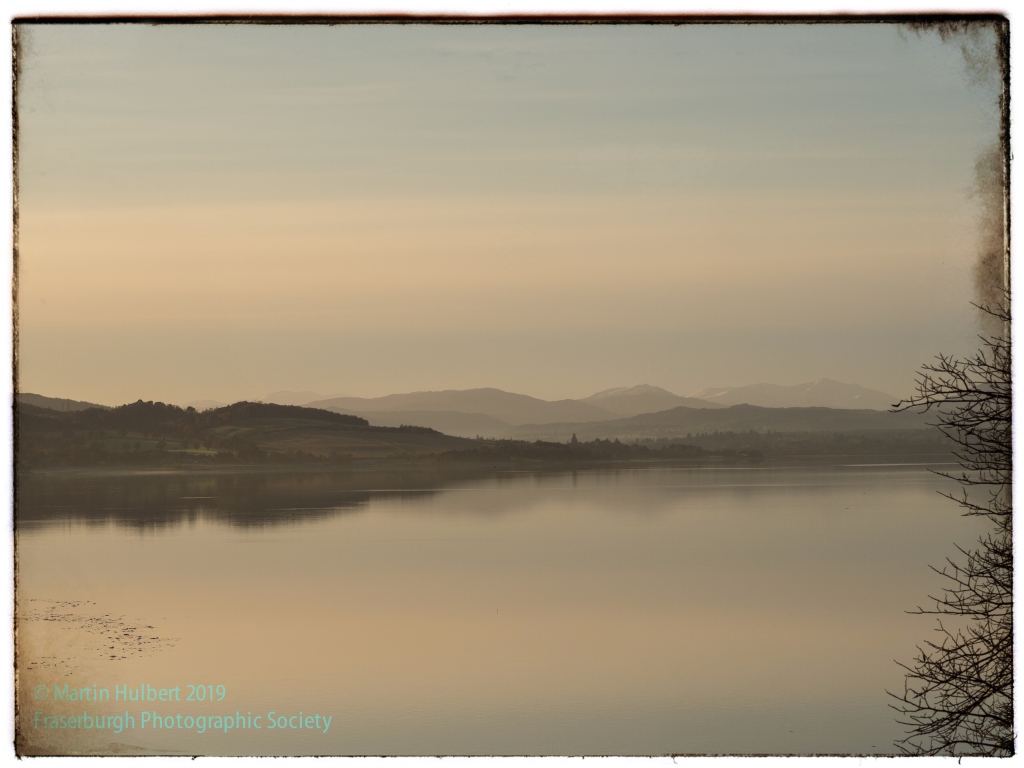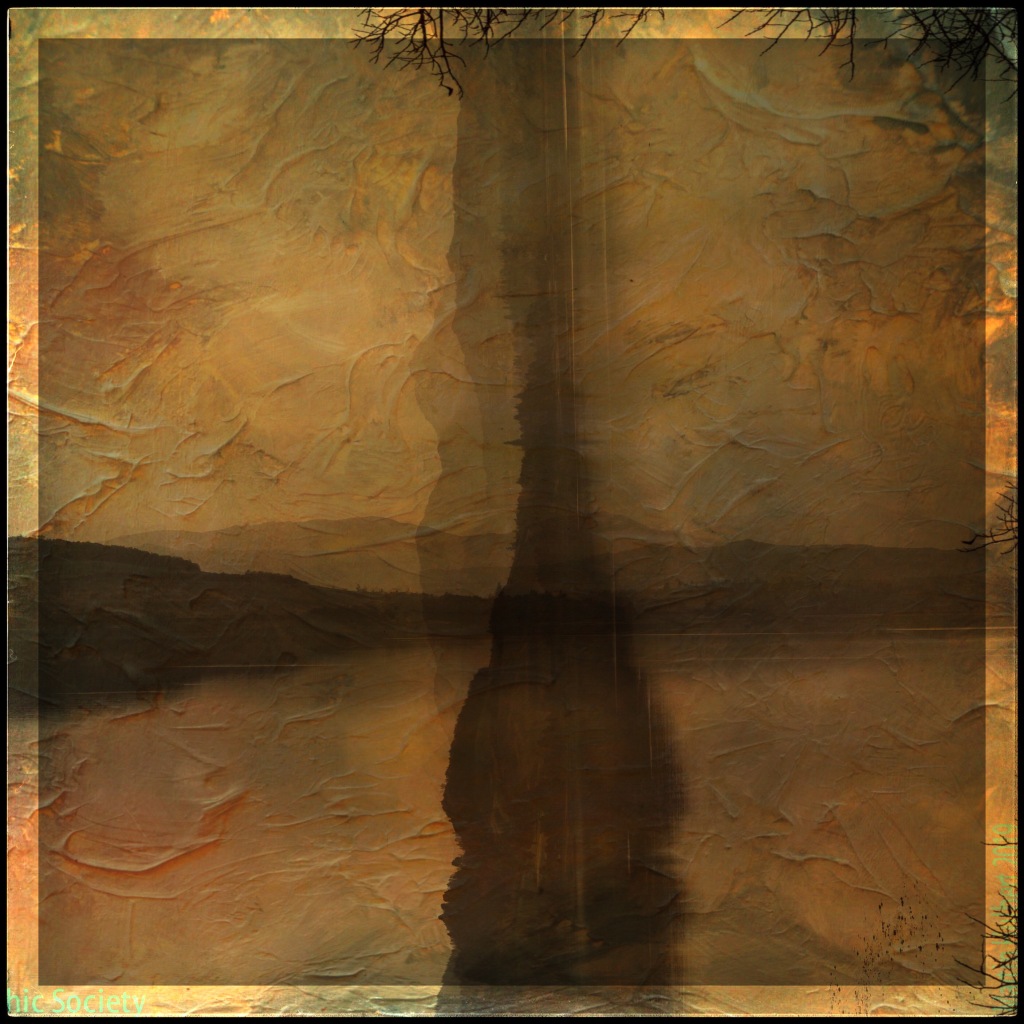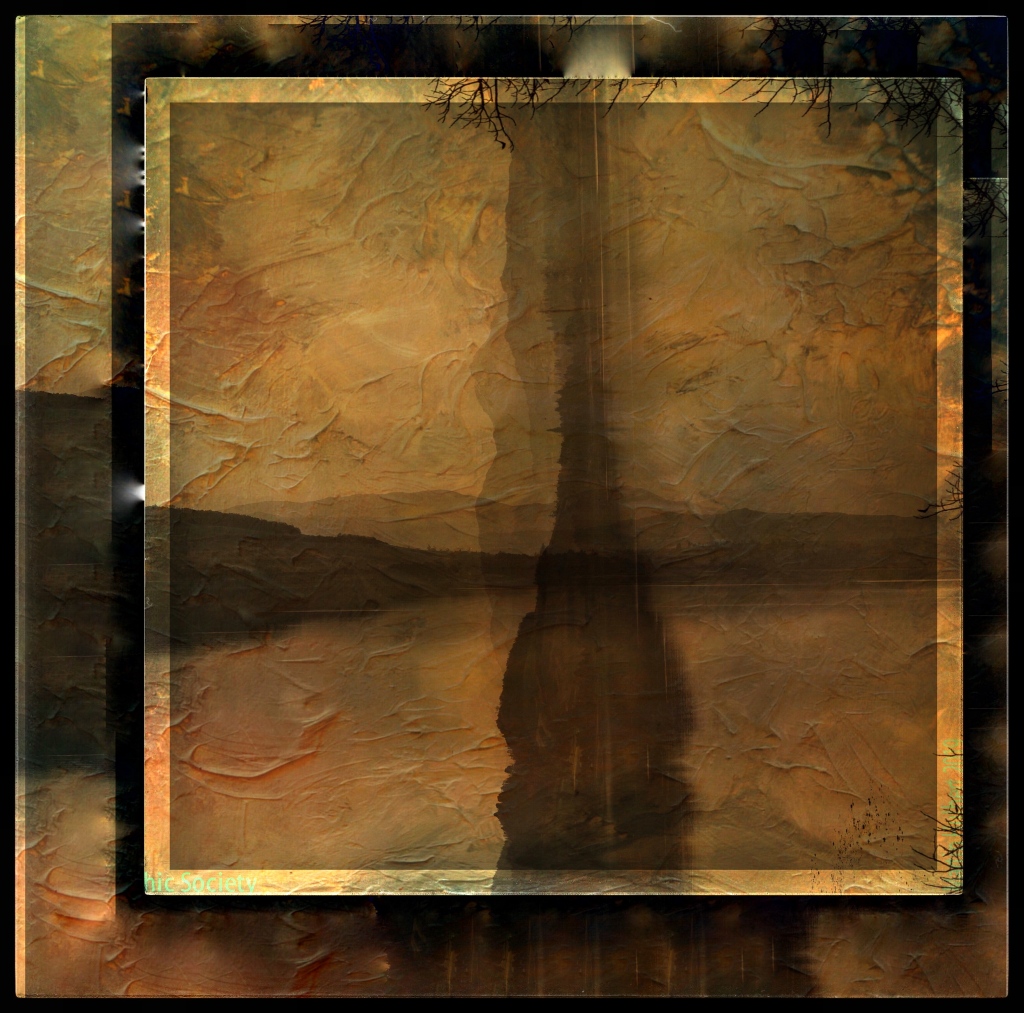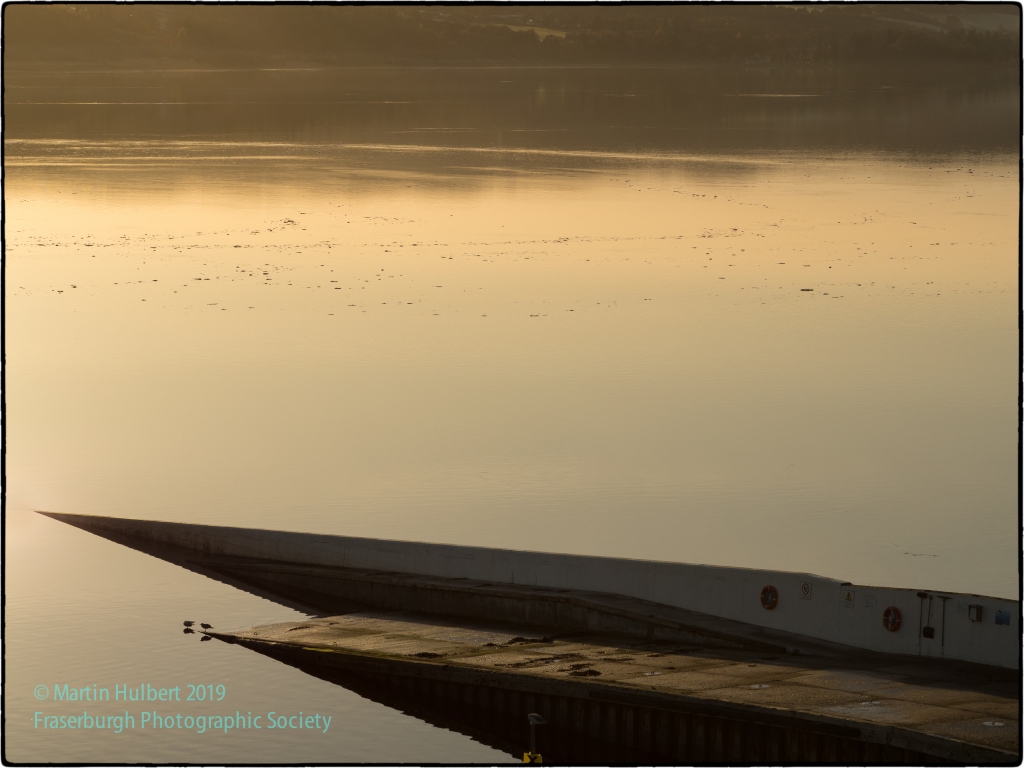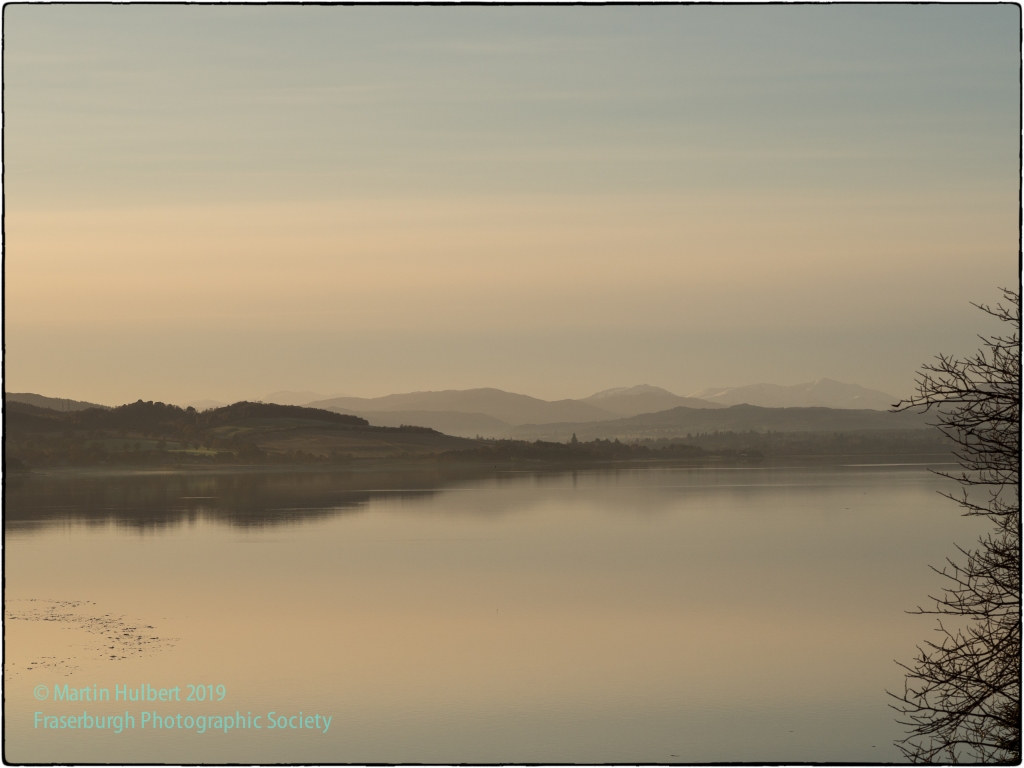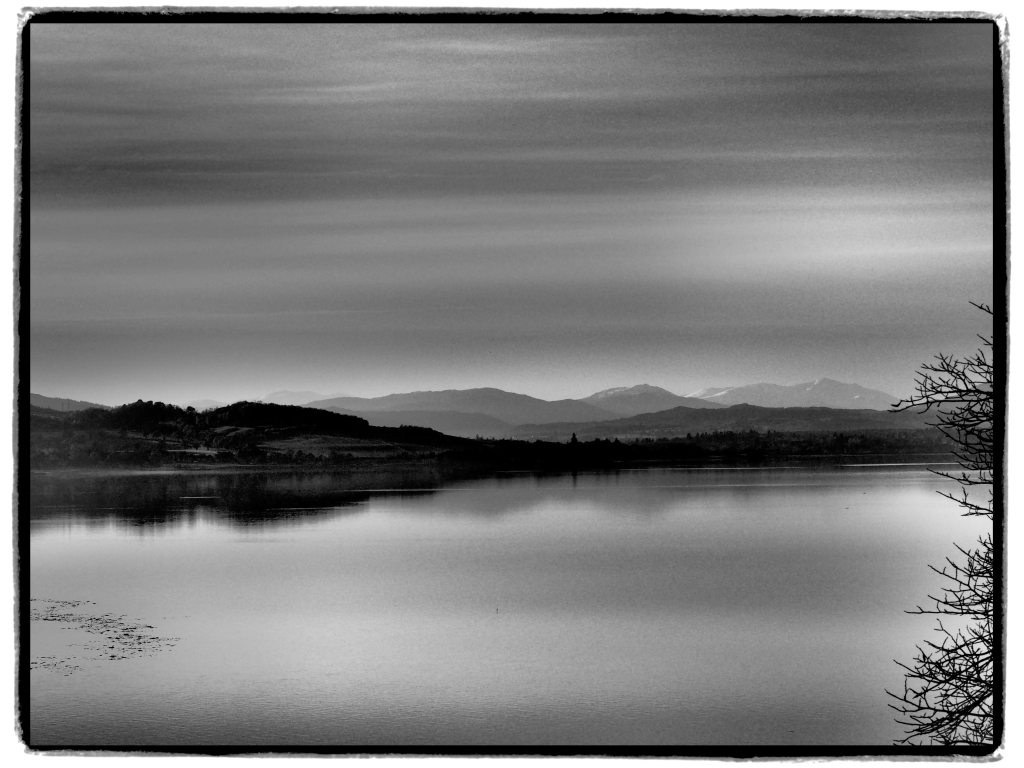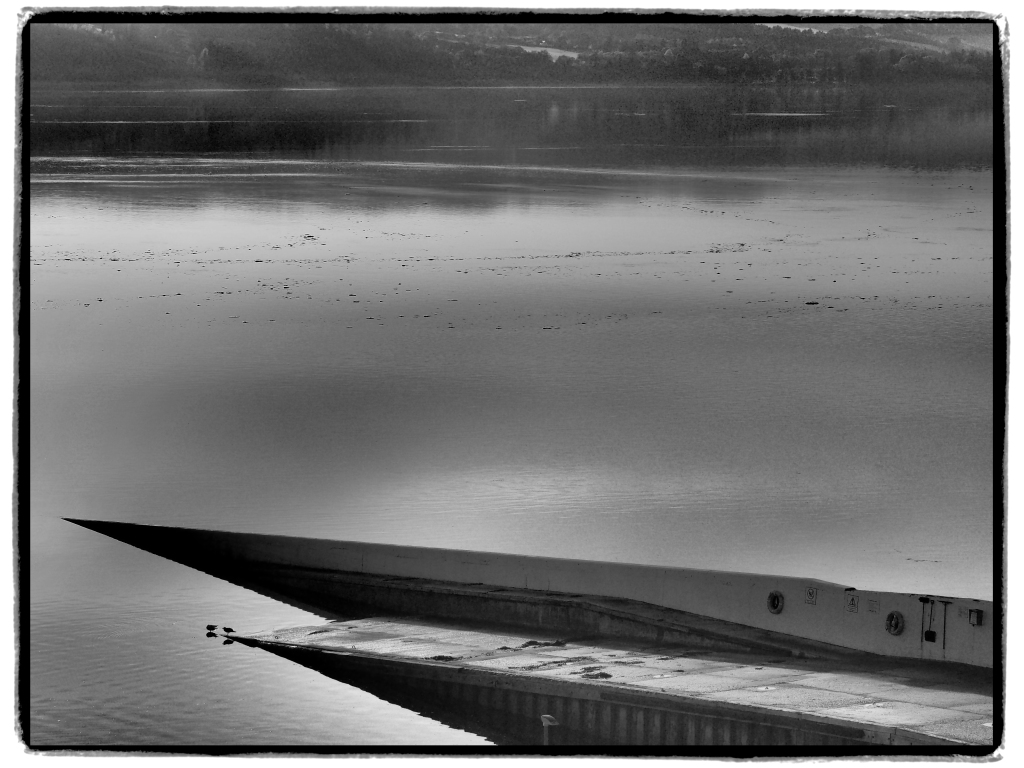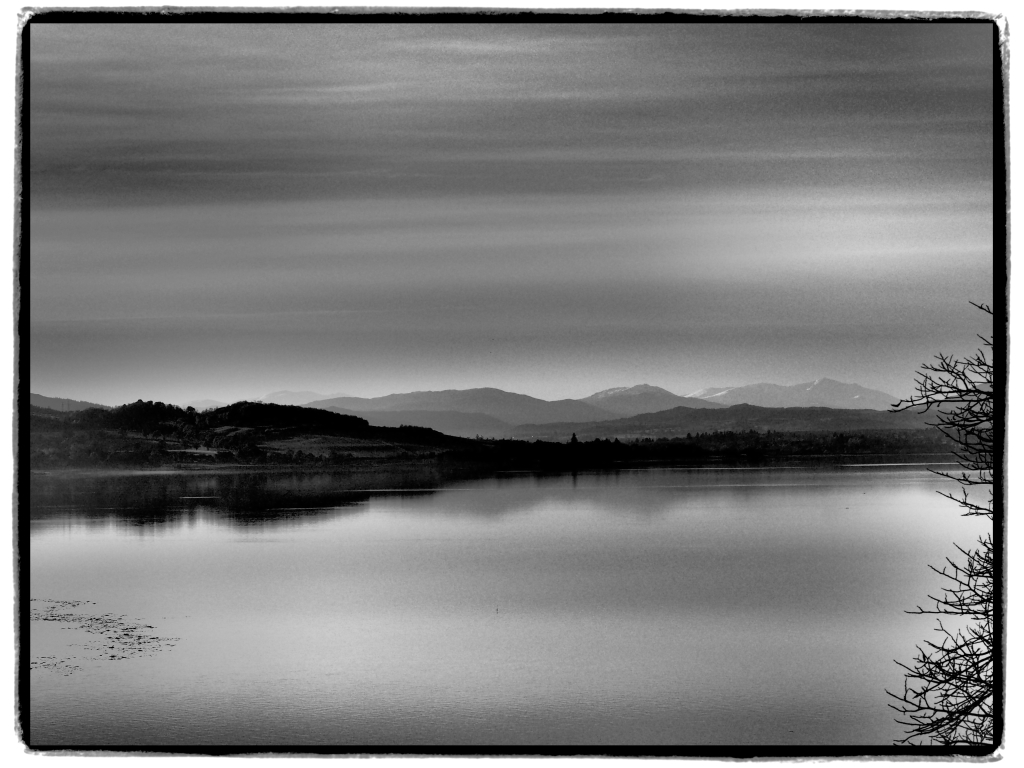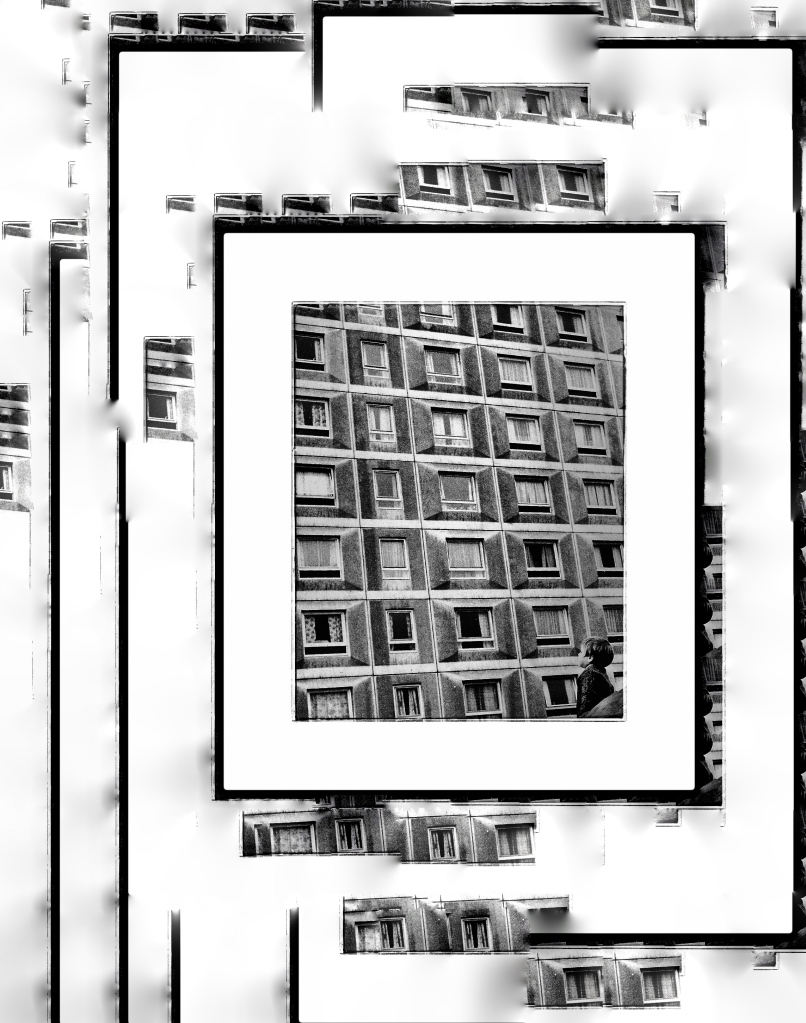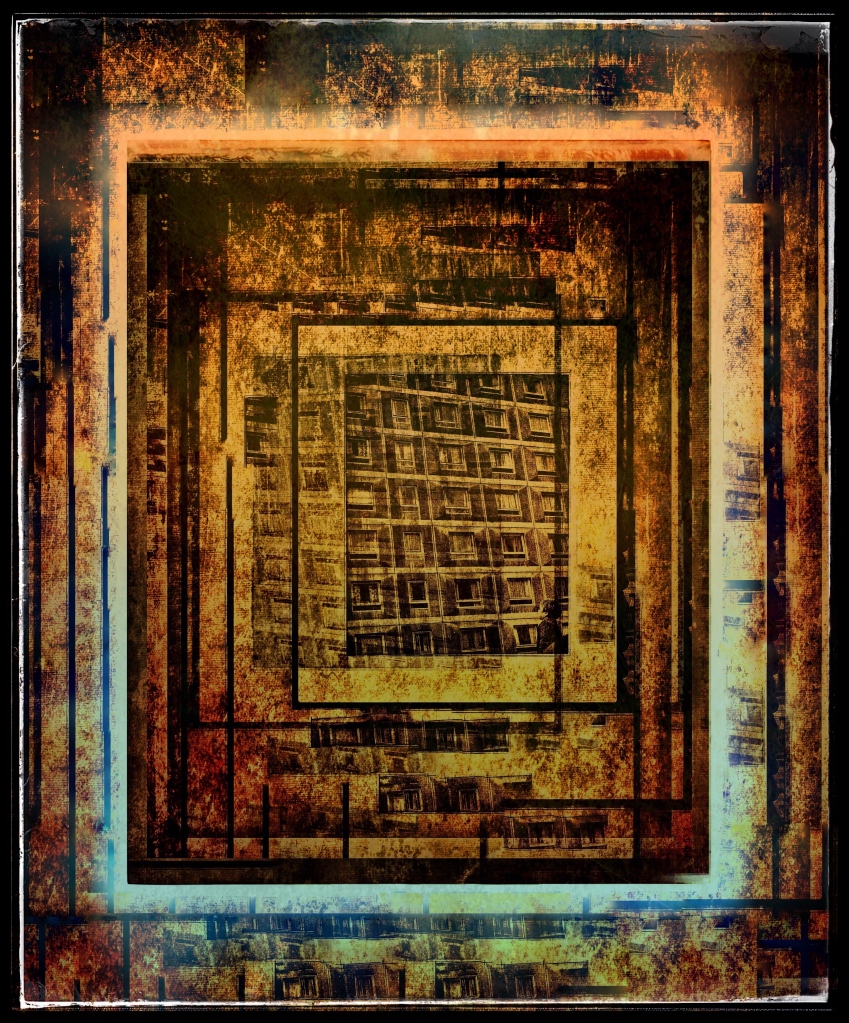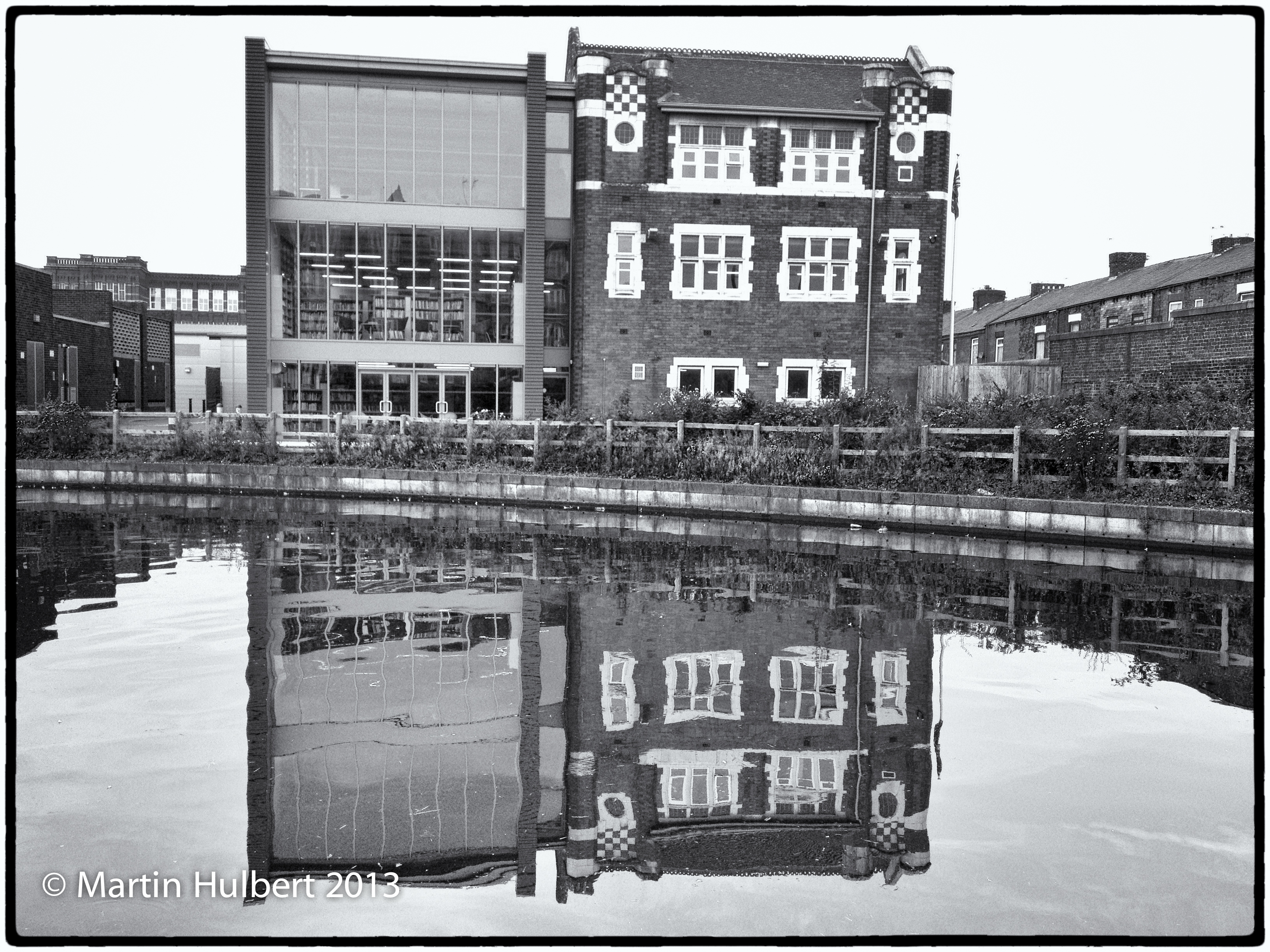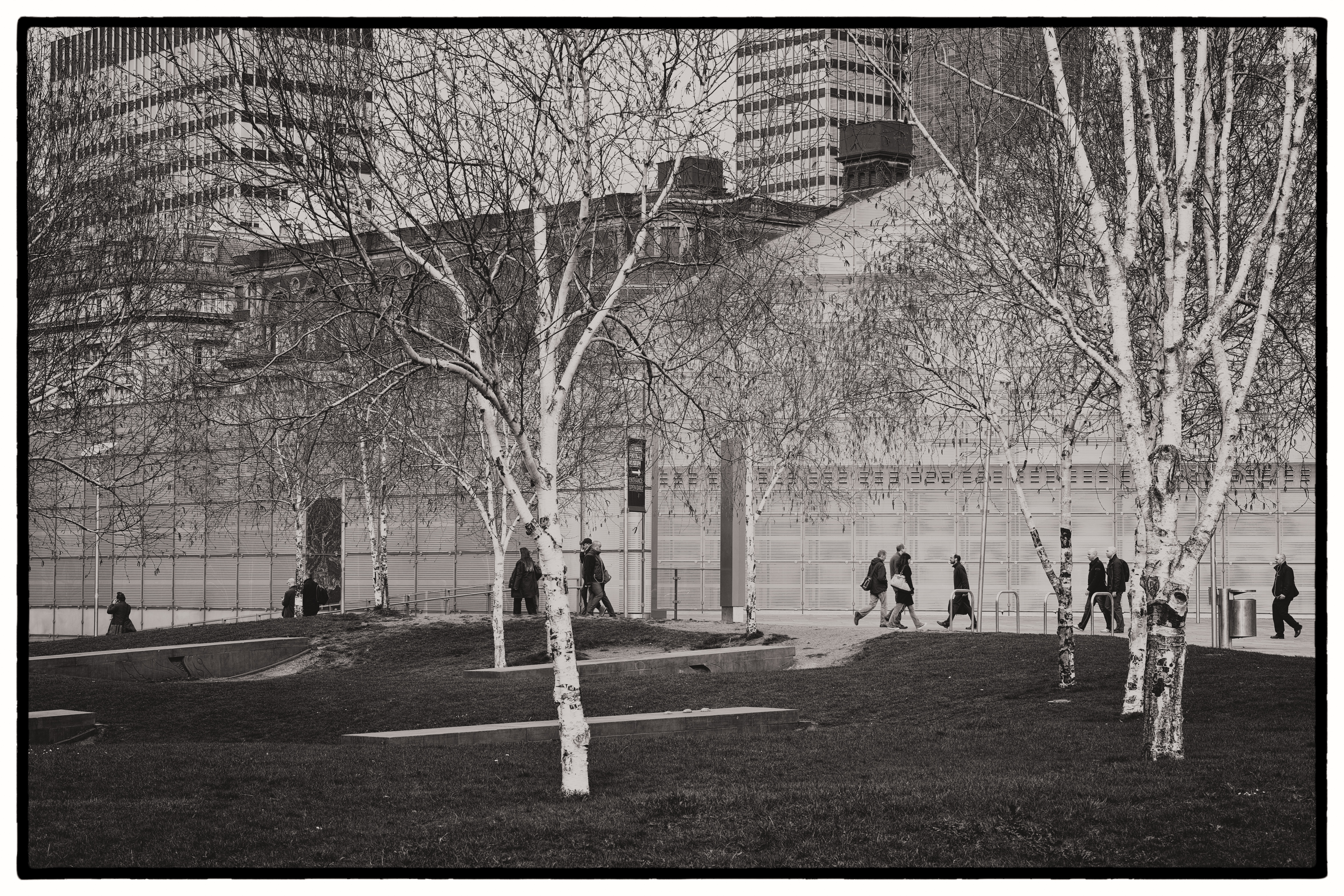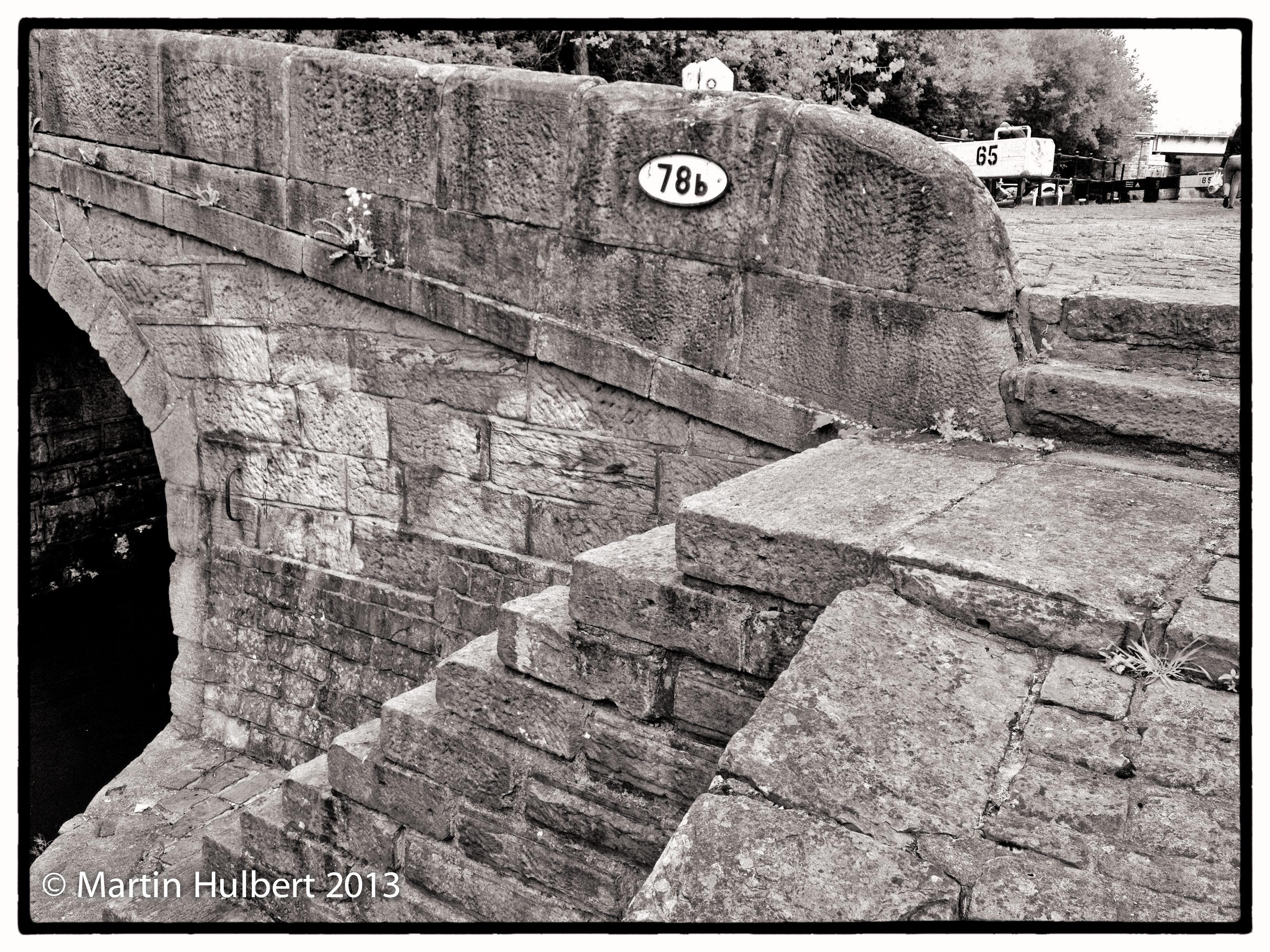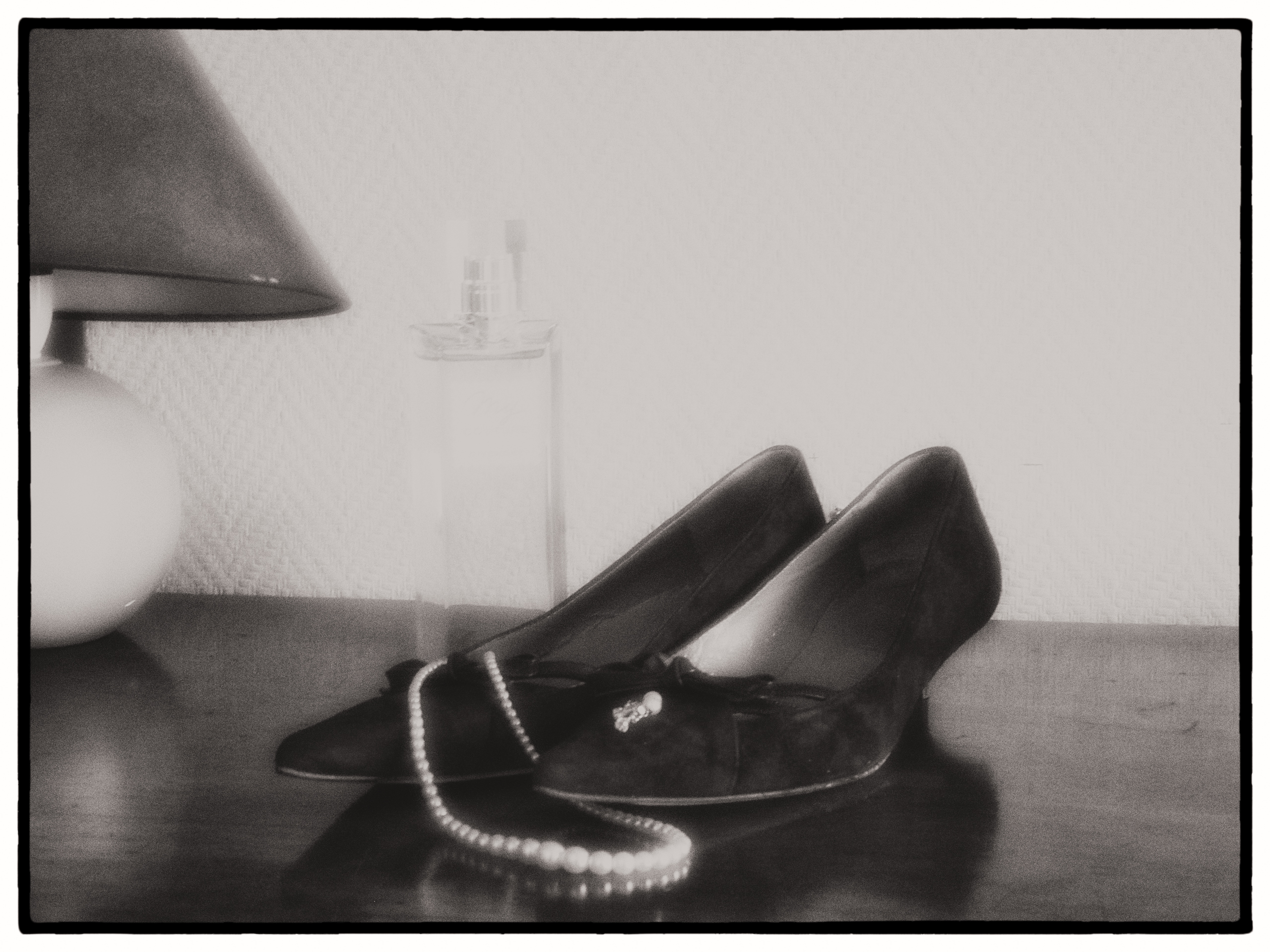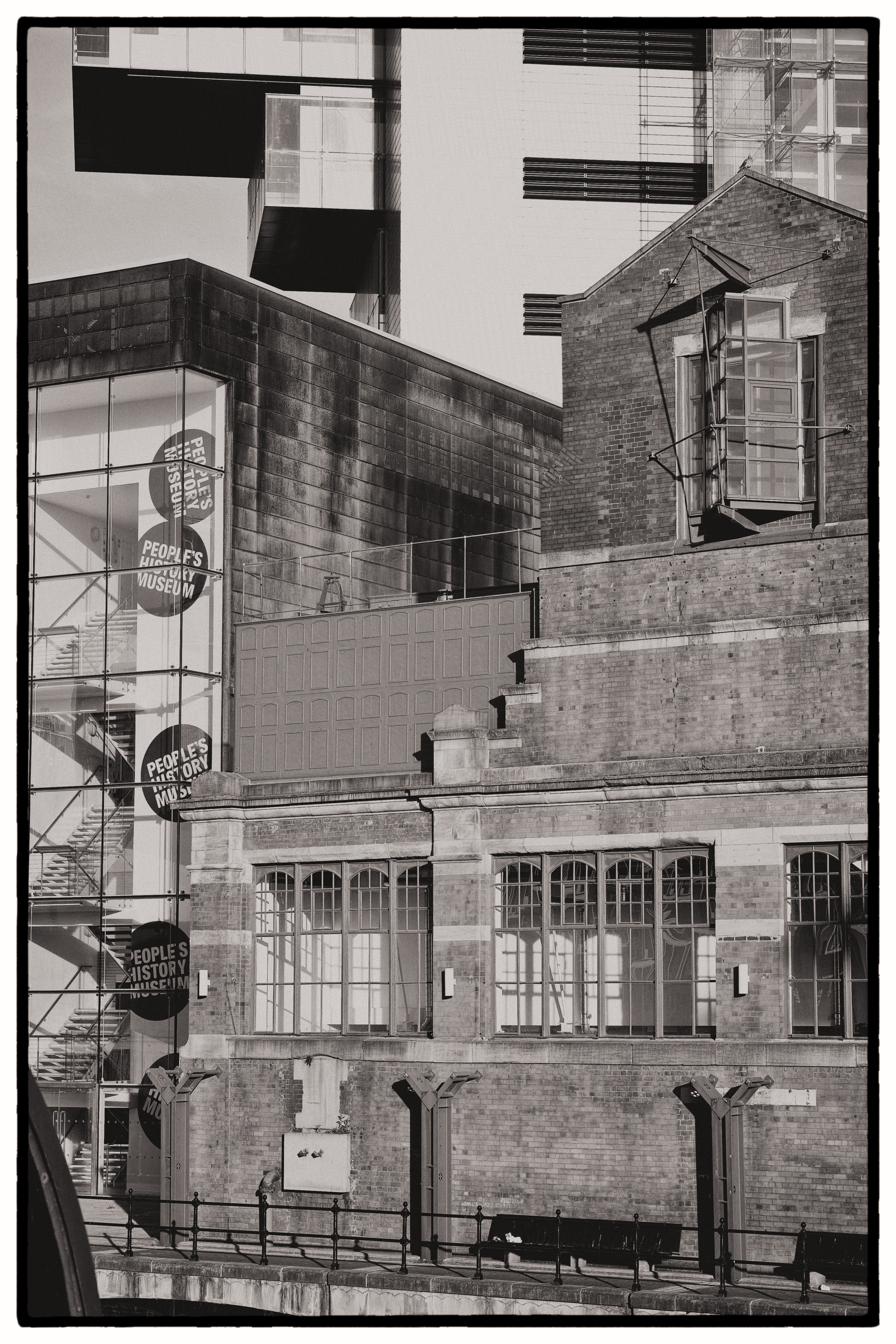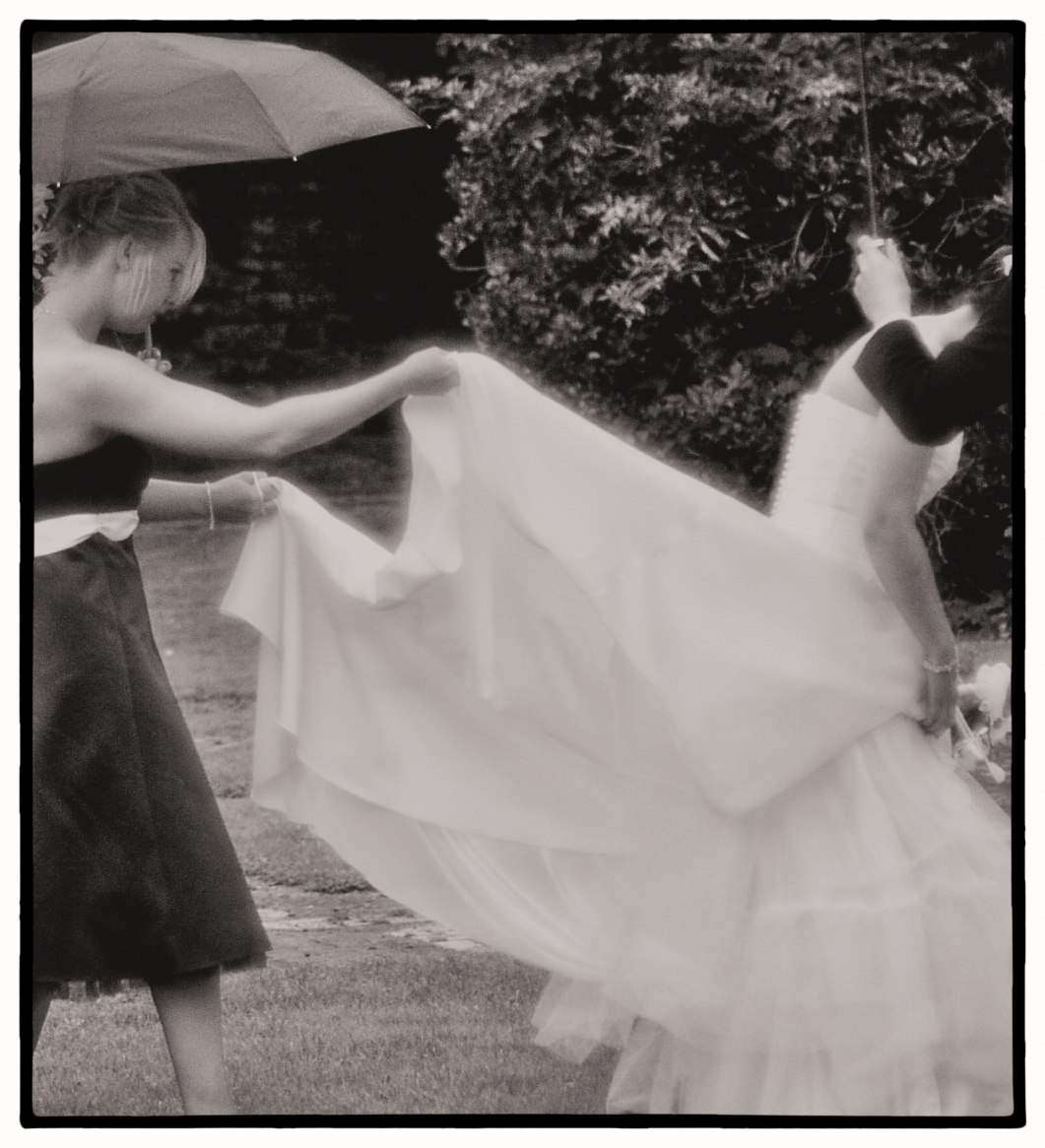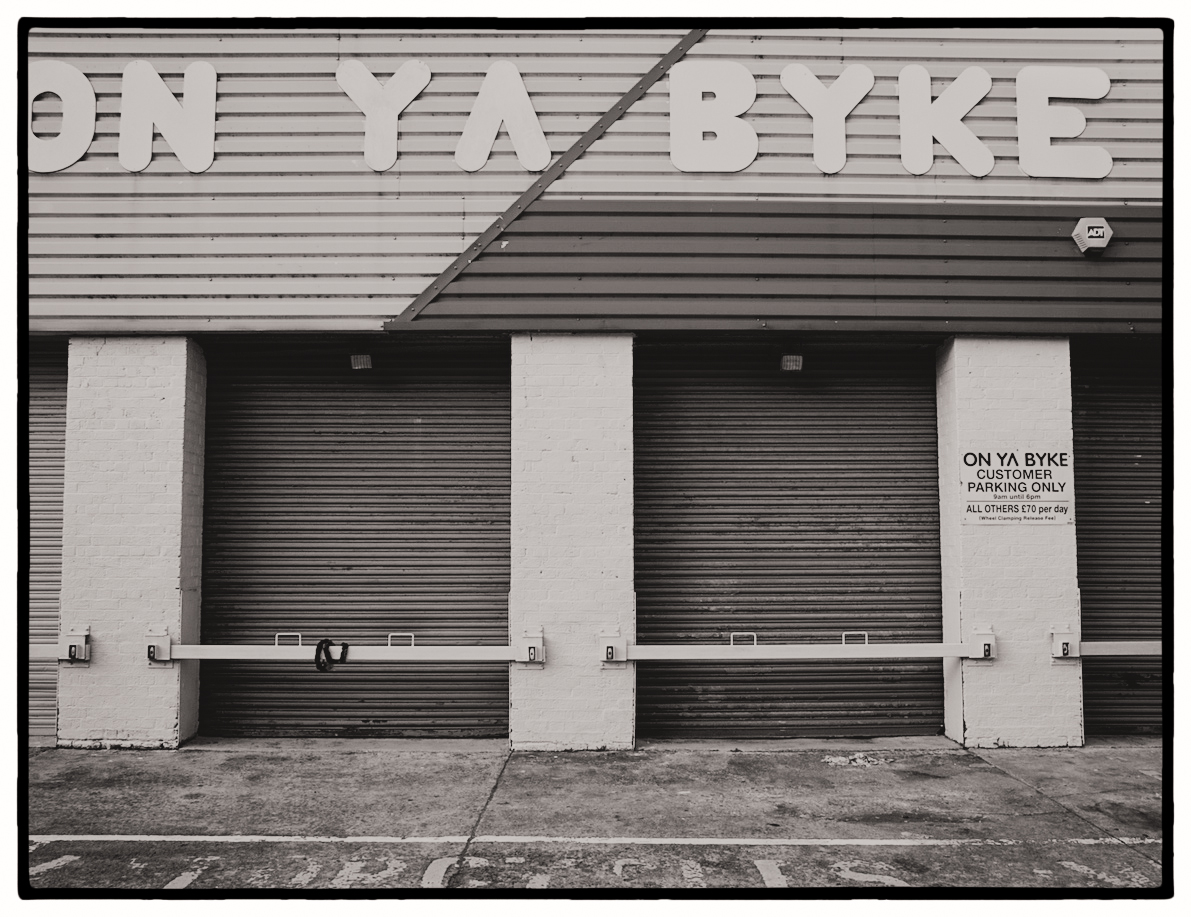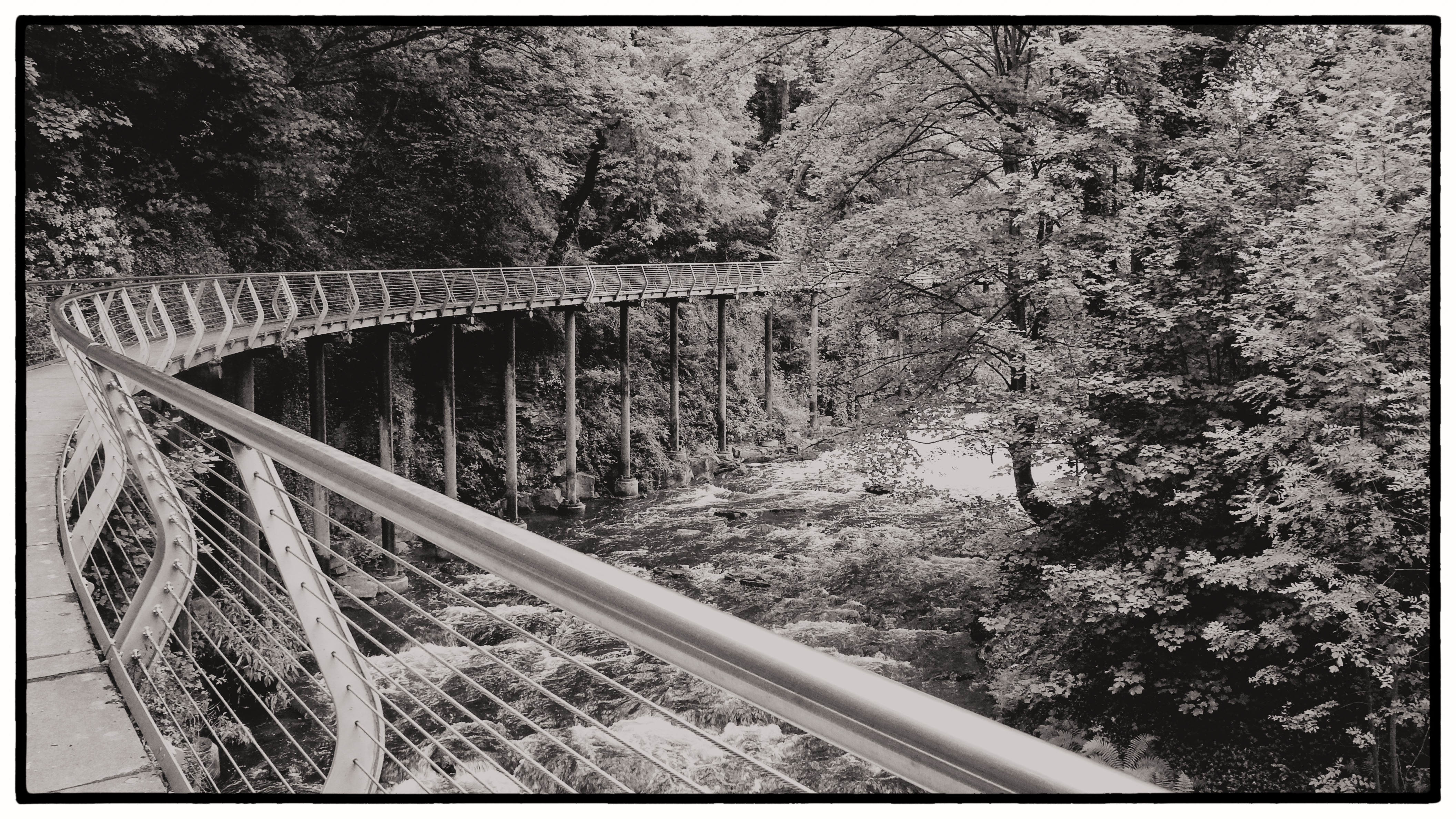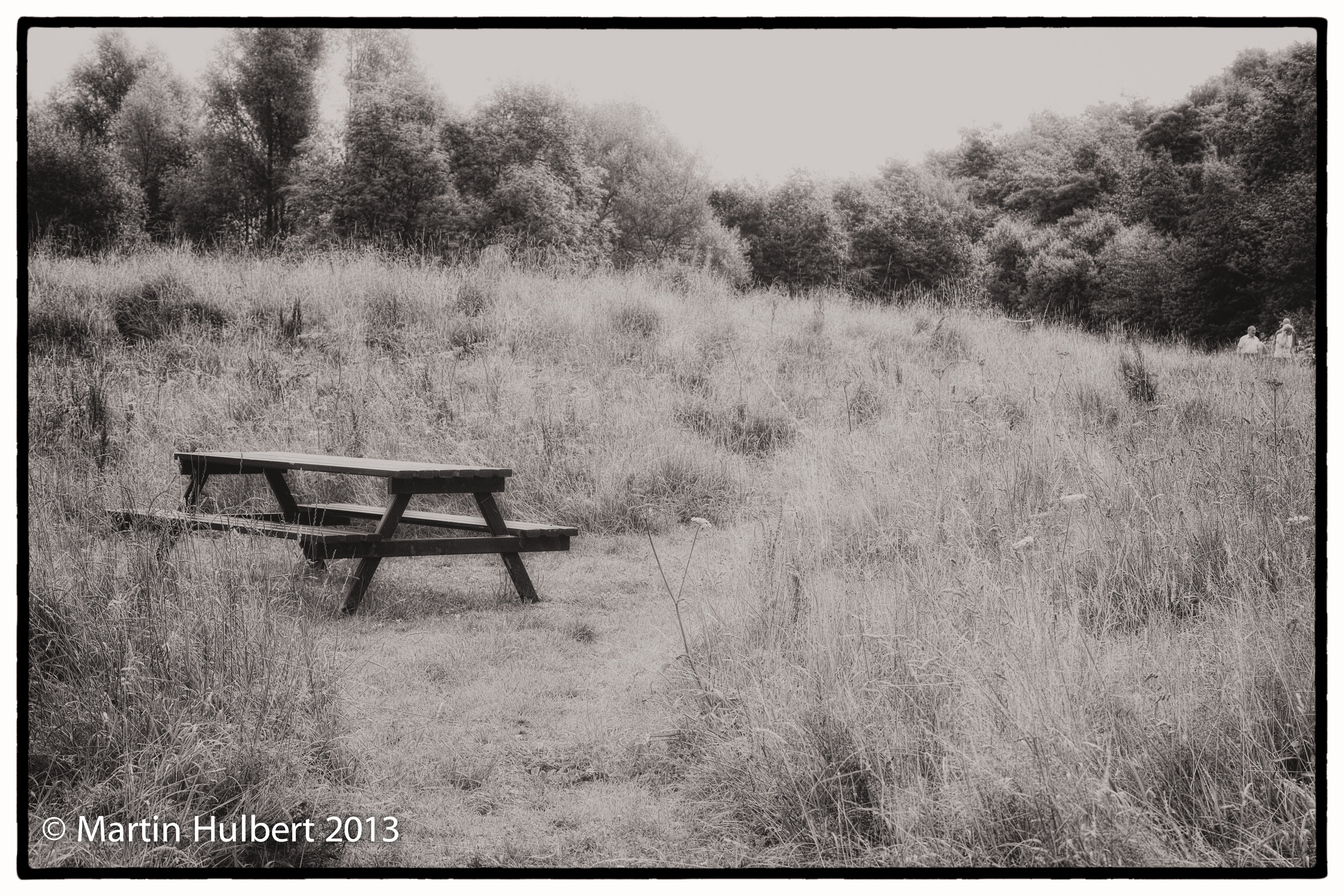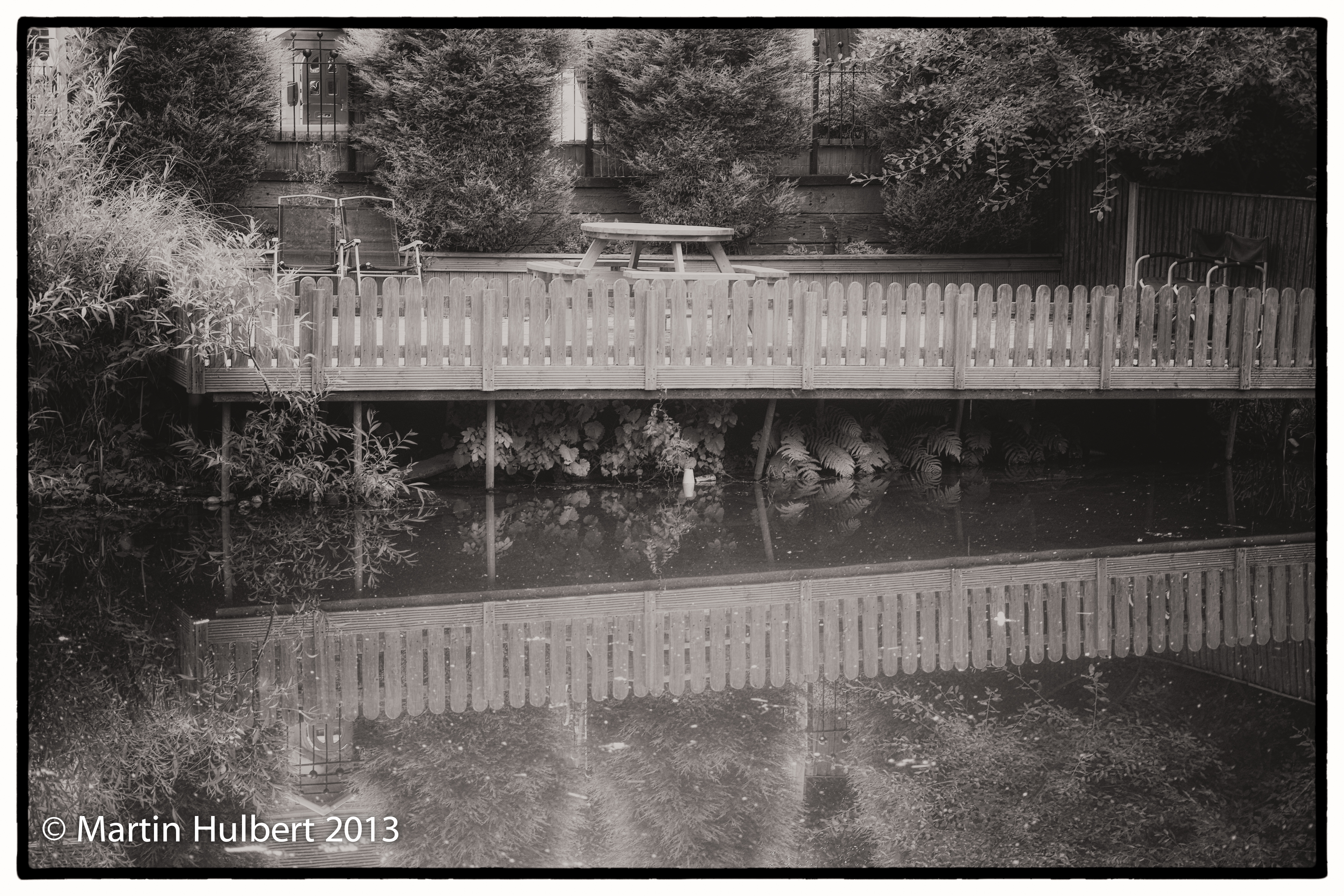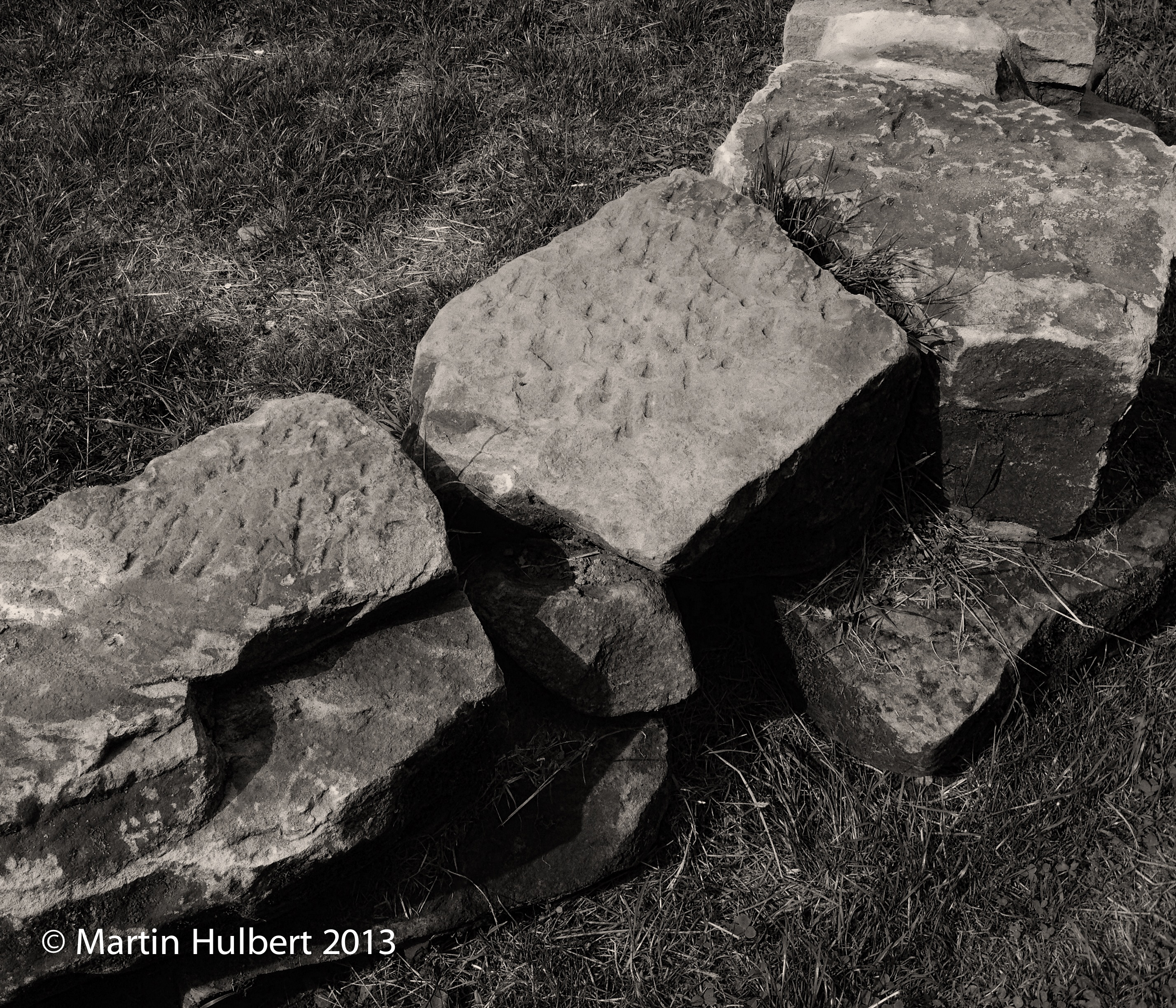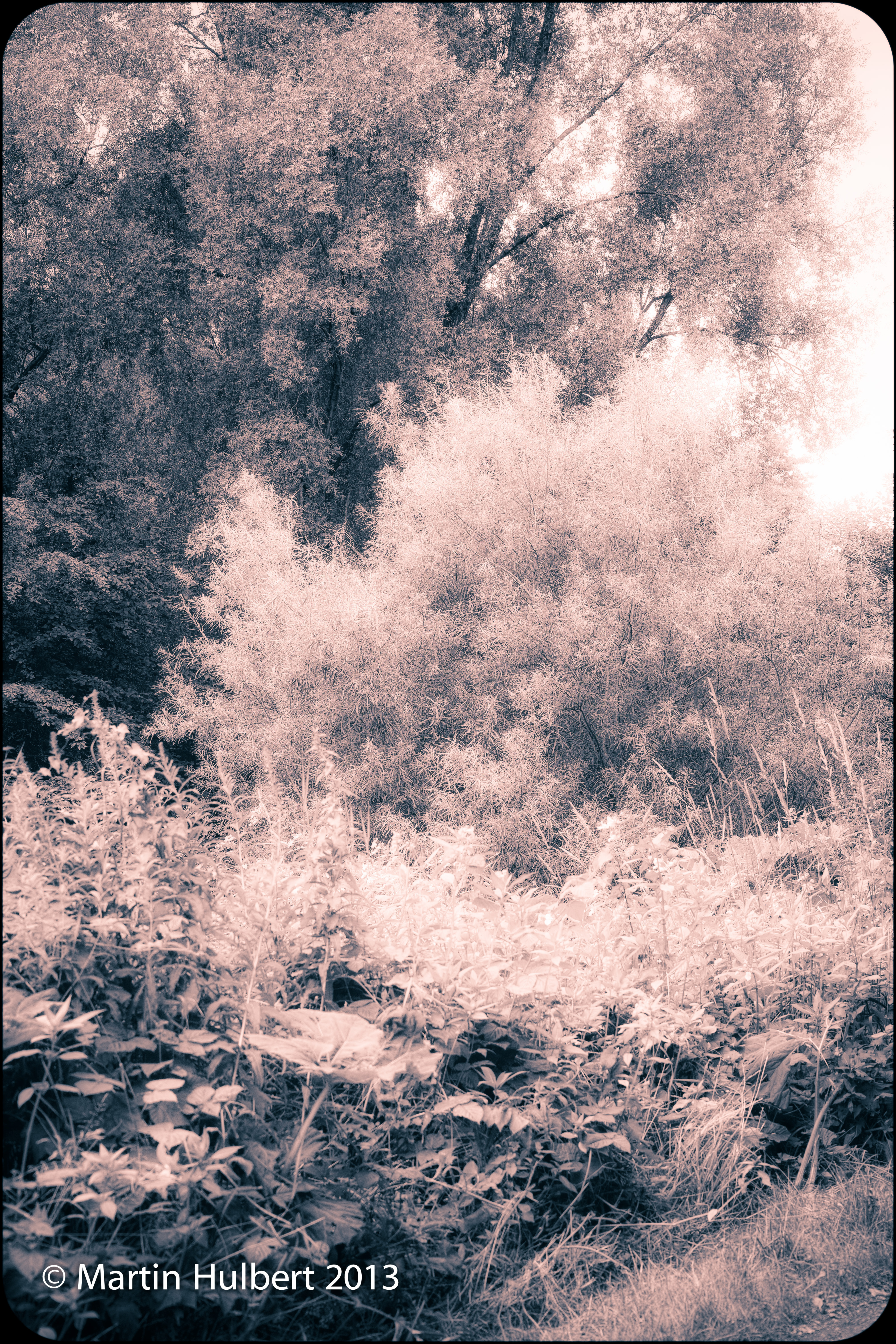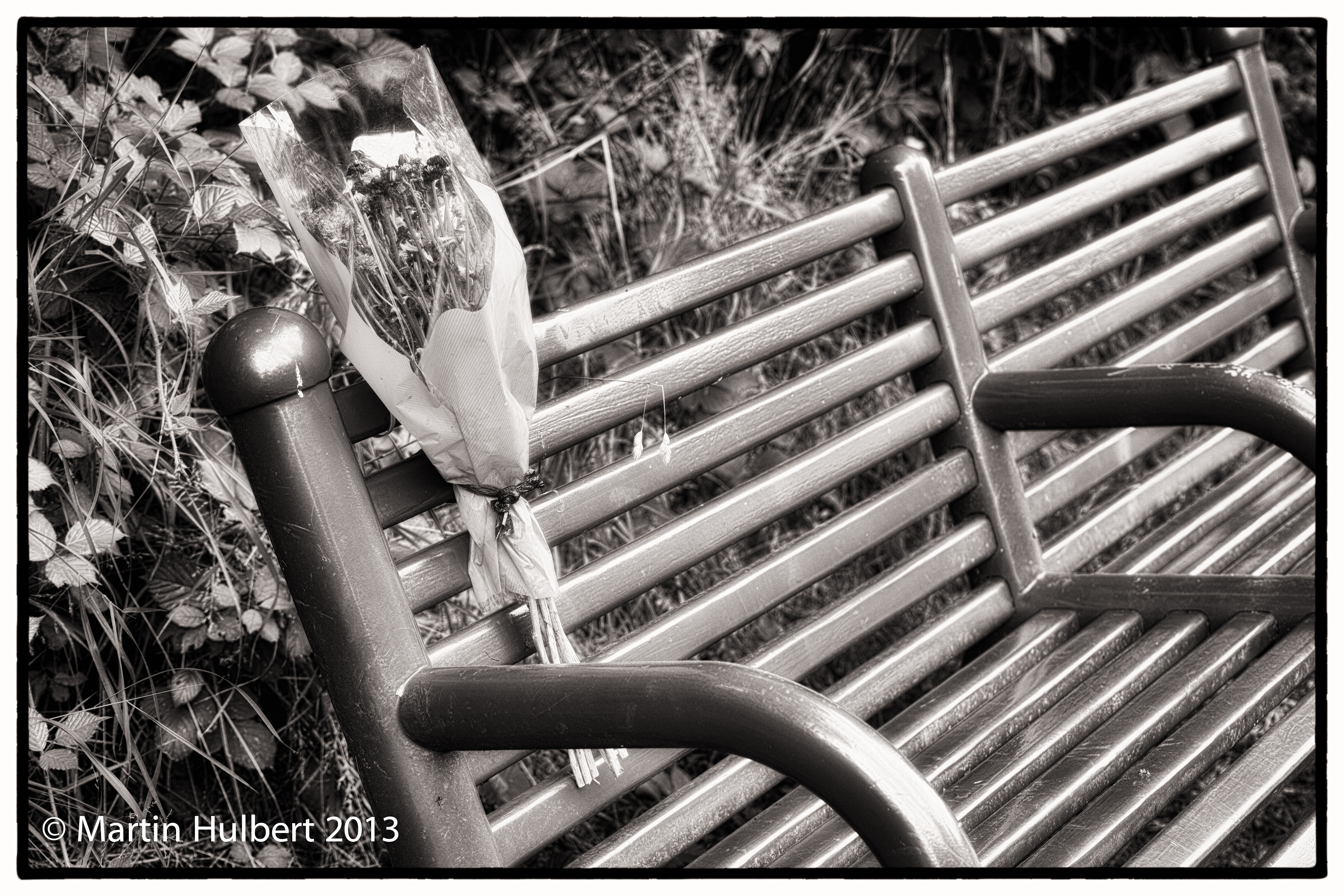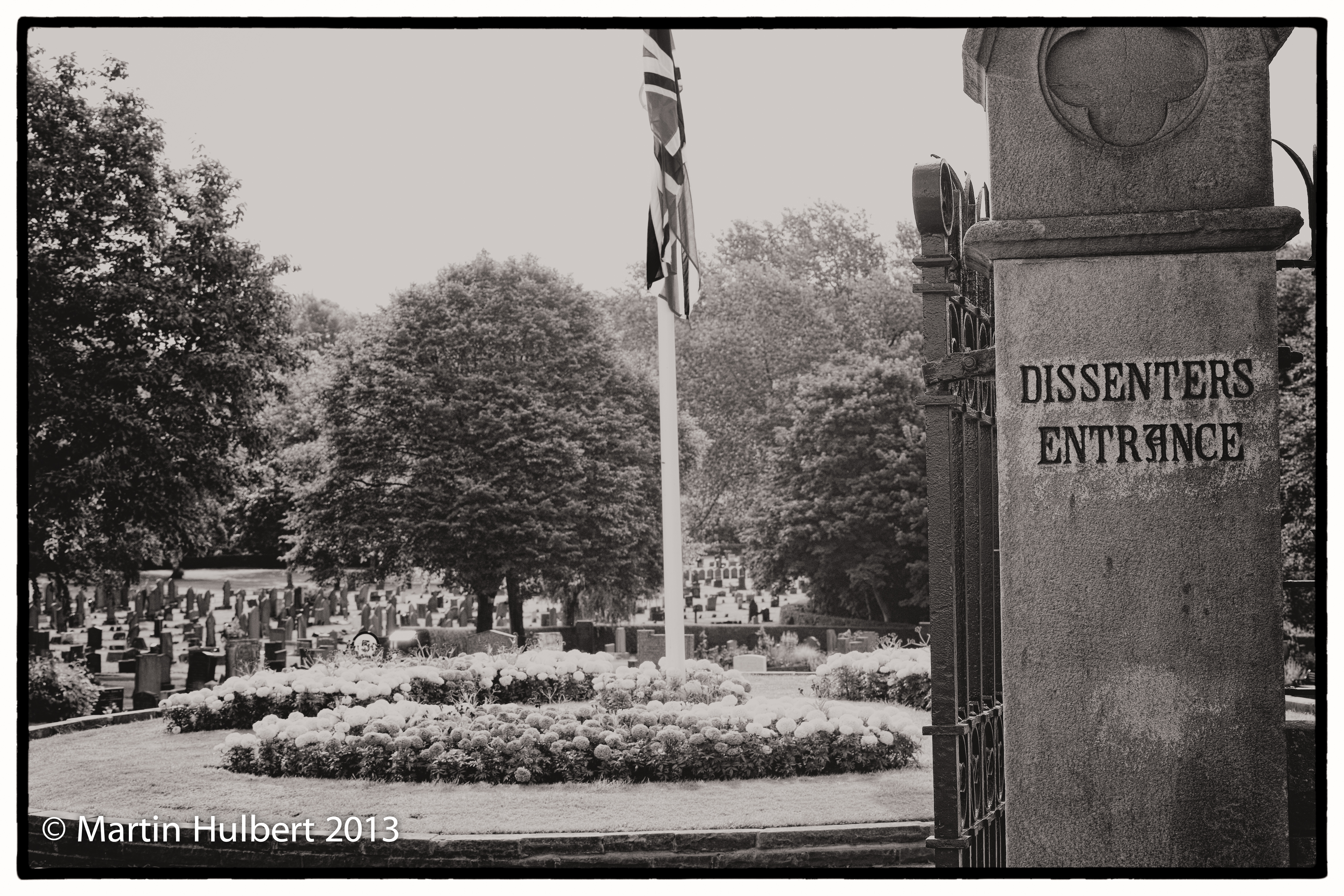The brief answer is that the best camera is the one you have with you at the time… not whether it is Nikon or Canon, or perhaps Olympus or Sony!
If I have a choice, then having used all sorts of cameras over the many years, the answer is what is appropriate in the circumstances. The result for me is that the iPhone has been used extensively for my images simply because it was there and I had not left home with the intention of making photographs.
As a photographer I should be able to use most cameras and obtain reasonable images from them in most circumstances, since the camera is the tool that caries out, or should carry out what I want it to do. Yes something that is auto everything may not be ideal, but generally neither would a Grossbildformat camera, to give it the appropriately sounding German name, nor a macro lens and bellows on any camera be a good idea to obtain sports photographs at a cricket match – unless it was portraits or close ups of the grass blades between overs. We have to accept limitations and work within them, selecting the camera(s) available for the genre or style of work we normally focus on.
But as to the cameras that I use or prefer to use – not my wish lists but the ones I currently have – this has evolved and I have made some changes in the last two years.
I had spent some time looking for a pocketable or almost pocketable digital camera so that I would be able to always carry it with me and not rely on my iPhone when I was unprepared. I experimented with some of the older very small metal digital offerings – the Minolta Dimage X cameras, but have not really resolved using them. So just how small are they and what can they deliver at 5mp with little facilities for adjusting exposure etc to make the picture. Is it a digital box brownie that requires a bright sunny day and the subject at 3 meters to infinity?
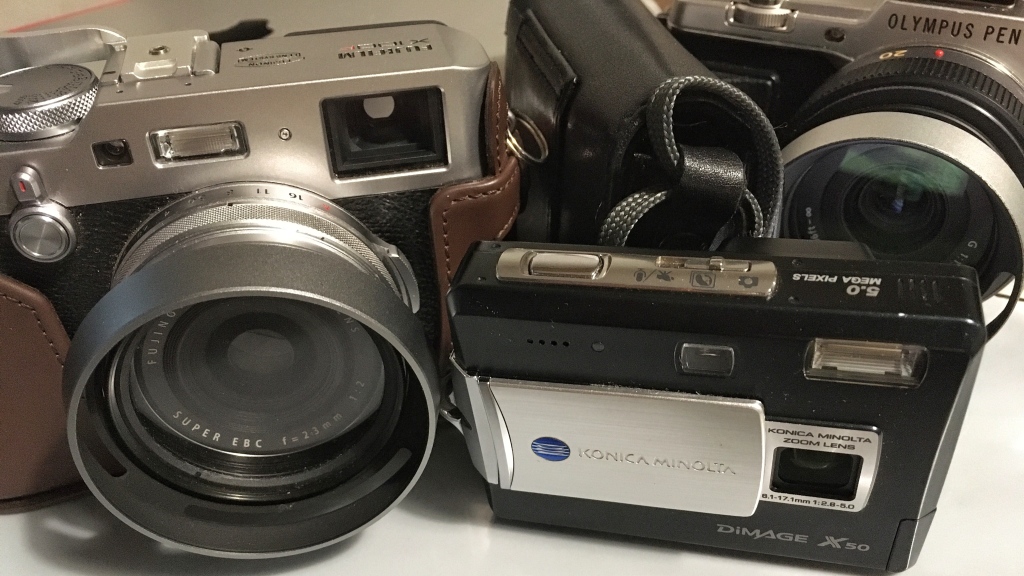
I was with my wife in the south of France, a small provencal hilltop village with light rapidly changing from the impending thunderstorm. We rounded a corner and here in front of the village fountain was a young girl with a very elderly man. The scene without grandpapa was from 200 years ago! I had no camera and my wife had her Minolta Dimage X50 which she passed to me. In the failing light I made three exposures bracing the camera against a wall, without drawing attention to myself and before the scene moved on. The exposures were longer than could be hand held, and the images had some camera shake when viewed on screen.
I processed the images and also removed a metal sign that had been fixed to the fountain, but wondered about the girls red shoes and initially I simply desaturated them. An artist friend asked for a copy of the picture and subsequently gave me a copper etching of the scene – with the girl in bare feet. Later I reworked my image and decided to remove the shoes completely. Below are the original and final two images, one with more colour than the other… and yes after nearly 15 years I am still pleased with the photographs.
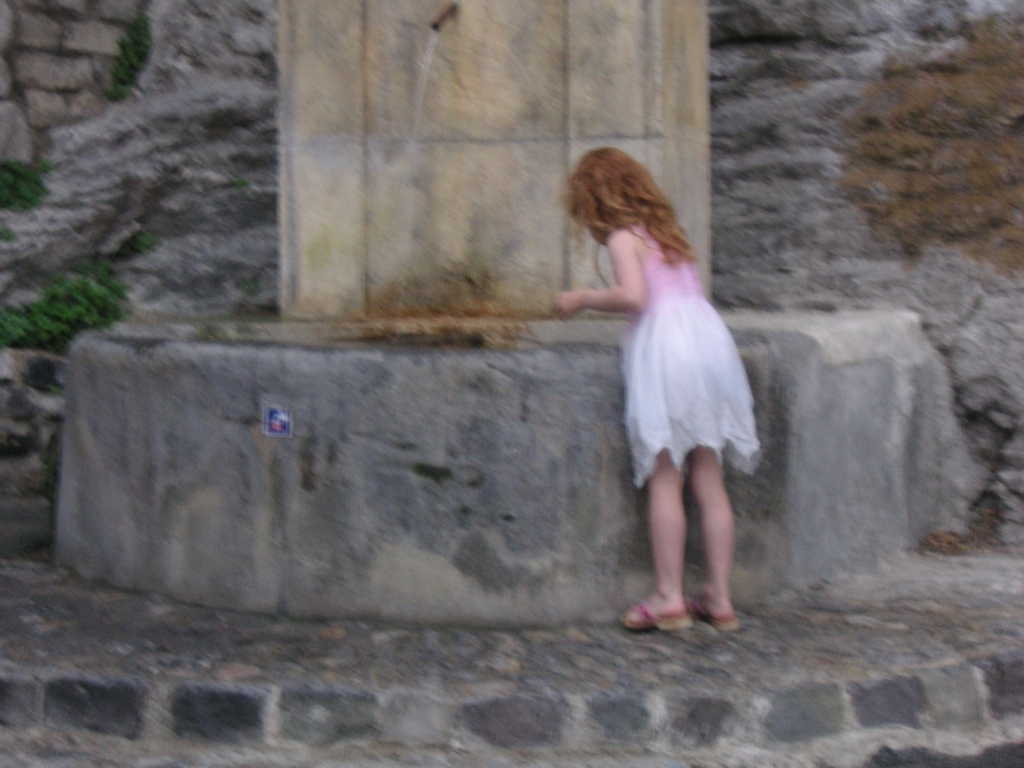
Original Image 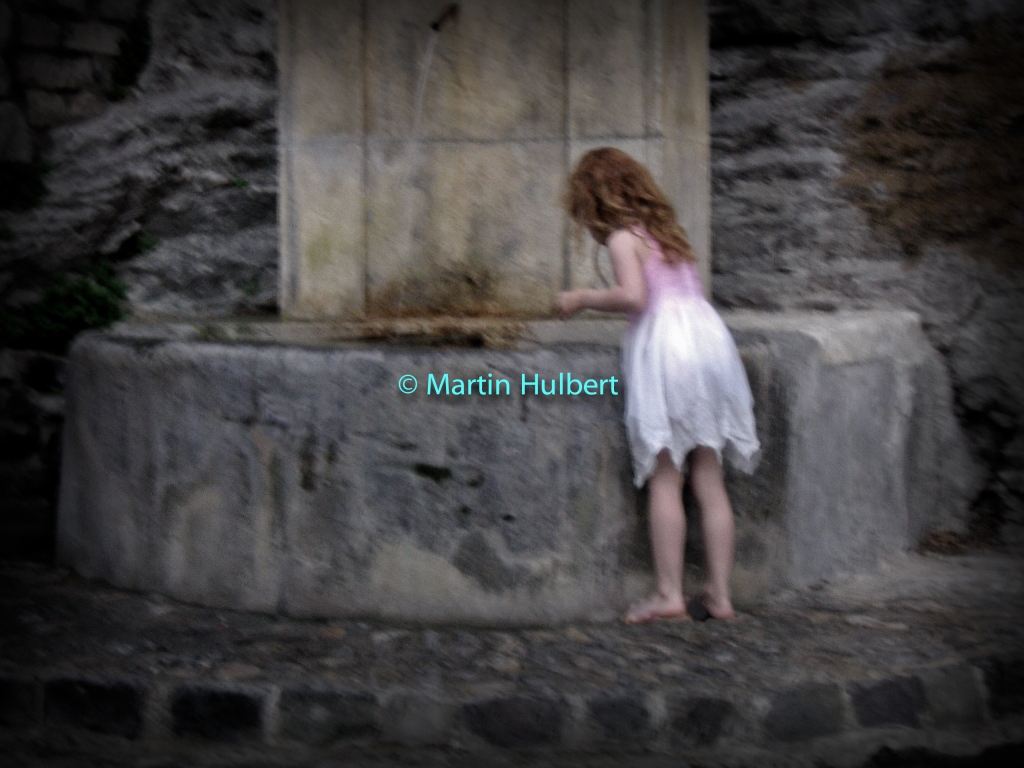
Colour version 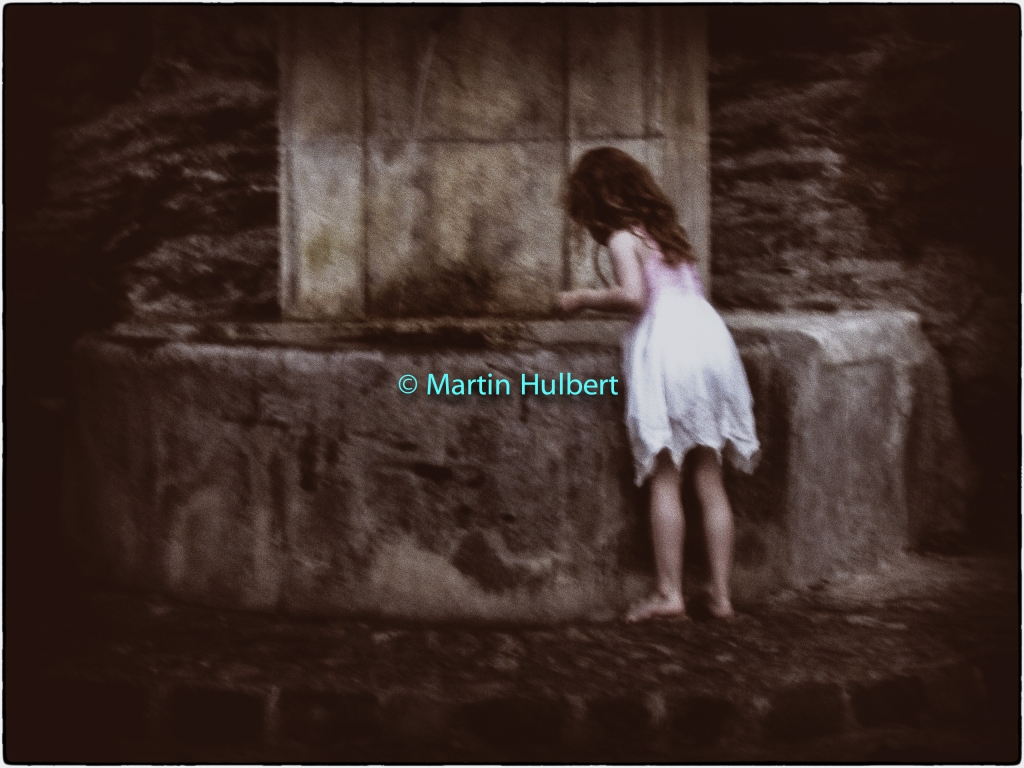
Sepia with tint
The digital cameras I have now were not around at the time I made the photograph: the Olympus bridge type camera I had back in England was larger and slower than my thirty-five mm Contax SLR, though smaller than the Hasselblads, Linhof Panoramic and Arca 9×12 (5×4 inches). Could I have made a better image with my current Fuji X100F which allows you to have your aperture, shutter and ISO immediately visible and changeable without electronic buttons – probably – and if it had been in my hands I could have. It was really a day for a totally mechanical Leica M (rangefinder) film camera with a 35mm lens pre-set to F8 at 1/60 and focused using the depth of field scale from about 2.5m, but…
Moving on …today I have available, but not necessarily usable or suitable:
- an old Polaroid 600 impulse with autofocus that uses Impossible Project film and provides interesting results;
- an even older Zeiss Nettar folding camera with a 75mm f4 Novar lens that uses medium format 120 film to produce 12 6×6 images per roll it does work;
- several old Minolta Dimage X cameras that hopefully can together provide a workable one for a project, at the moment despite putting together several purchases I do not have a reliable one that enables me to download a photograph – the electronics have not survived that well;
- My wife’s old Sony RX100 20mp 24.4mm digital sensor digital camera that used to make awful noises but has recently been quiet, this is pocketable, but fairly slow;
- a Fuji XT1 16mp ASPC digital camera and three lenses for a rugged, capable, semi-waterproof kit;
- a Fuji X100F 24mp ASPC digital camera as pictured above with a fixed 35mm equivalent lens, and is my favourite to use when I can;
- an Olympus Pen EP5 with a digital finder and an old Olympus EP1, both 16mp digital cameras with two lenses and a pancake fisheye fun lens,, not quite pocketable but nearly there
- a Sinar X large format 9×12 (4x5inches) sheet film camera (sheet film is expensive even in black & white) and with a polaroid back for which any polaroid film will be out of date, expensive and may not work as intended. The camera sits on a monster geared tripod and is in a large aluminium case you can stand on if the tripod should be fully extended, so for indoor work or not that far from the car! I have no lens for this at the moment… but with one and practice I hope to be able to set it up and make a photograph within 5 minutes!
- An iPhone normally in my pocket!
So sacrilege, not a Nikon or Canon among them… I have used them both over the years and have great images from them, but any donations would be gratefully received.
The camera is the tool, but the lens provides the link between the scene outside of the camera and the one inside to be captured digitally or on film, so maybe it is more important to sort the lens out first!
Would I carry a Nikon for the old manual 135mm lens or a Canon for the autofocus 70-200 f4, both in my opinion top rate lenses for my style of work? I am not sure. Maybe I need to save up for the wonderful 110mm f2 Zeiss Haselblad lens again, together with an appropriate body (and film supply… unless I can find someone to adapt a digital back for me). Or maybe…





